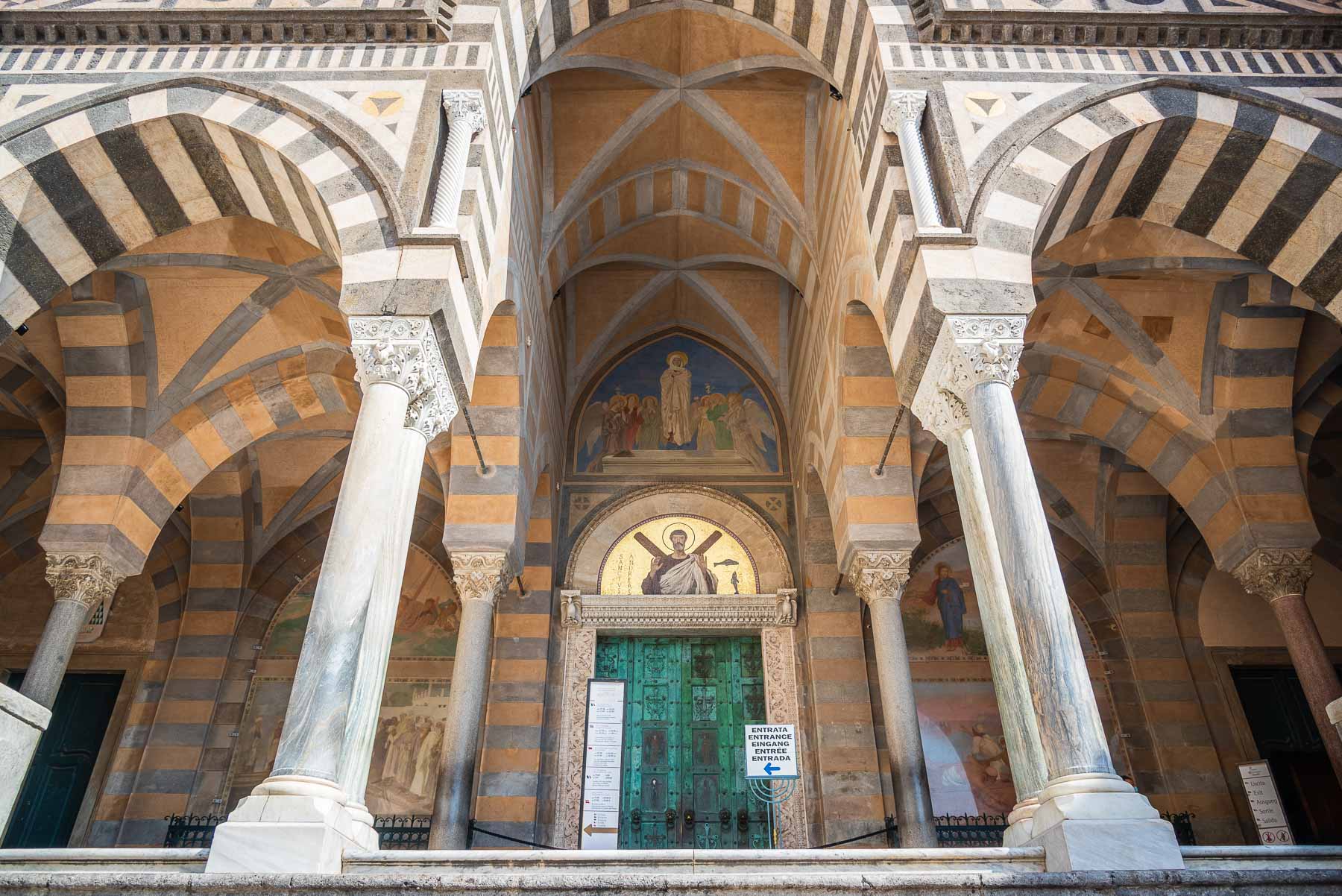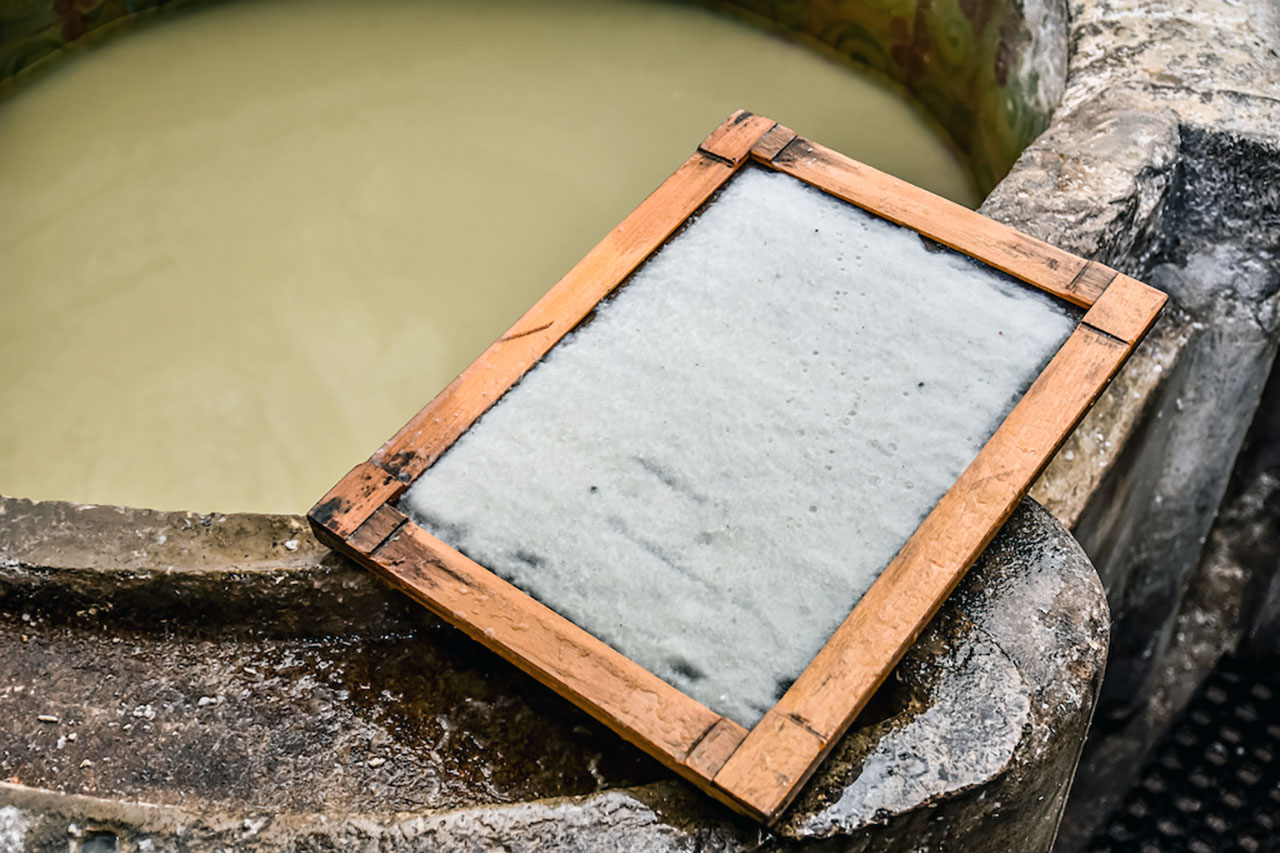From artistic and religious beauty to the beauty of the landscape and local handicrafts, what to see in the first Maritime Republic
April 14th, 2023, by Anna Volpicelli, foto by Salvatore Guadagno
It is one of the most popular destinations for national and international tourism. For centuries, the artistic, cultural, and natural beauty of Amalfi, the first Maritime Republic, has enchanted visitors. Commercial and maritime power in the Middle Ages, the city was a pioneer of the great works of the time. It coined its currency, the tari, and created the Tavole Amalfitane, the first nautical code used by the entire world to navigate the waters of the Mediterranean, which is still preserved in the Ancient Arsenals of the Republic of Amalfi.
A week is probably not enough for a visit to the city in all its splendor, but if you only have a few hours, there are urban itineraries that will allow you to immerse yourself in its richness and elegance. To discover it at its best, it would be ideal to go there during the less crowded times of the year, but if life commitments do not allow it, it is advisable to reach it by sea to avoid the road traffic typical of the summer season. The suggested itineraries all start from the port of Amalfi.

In the heart of the city
Head towards Piazza Duomo from Lungomare dei Cavalieri. A long flight of steps dominates the area and leads to the Cathedral. It is a unique example, combining Byzantine, Romanesque, Islamic, and Baroque styles. One enters the monument by passing through the large bronze doorway with four figures in the center, Christ and the Virgin at the top and St. Andrew and St. Peter at the bottom.
It was built in the 10th century. It comprises the Cathedral, the Cloister of Paradise, and the Church of the Crucifix, which houses the Diocesan Museum. Suppose you begin your visit to the Cathedral. In that case, it is worthwhile to pause for a few minutes to admire the altar with its 13th-century crucifix and a canvas depicting the martyrdom of St. Andrew, patron saint of Amalfi, by Andrea Dell’Asta, a disciple of Solimena. If we look up, we lose ourselves in the wonder of the coffered ceiling, which is decorated with three large canvases depicting the Flagellation of St. Andrew, the Crucifixion, and the Miracle of the Manna.
Next, we enter the Church of the Crucifix, built in the 9th century, which preserves the Angevin Mitre of the Bishop of Toulouse, Ludovico, who was declared a saint in 1317. From here, we continue to the Cloister of Paradise. Here, we will admire the impressive fresco of the Crucifixion by Roberto d’Omerico, a pupil of Giotto.

Historical alleys to lose yourself in
From the monumental and religious, we move on to the historical, immersing ourselves in the most ancient alleys of the city. The starting point is Piazza del Municipio. From here, we cross the Supportico, with its narrow streets. We continue along Via Prefetturi to Piazza Santo Spirito. Here you will find one of the most characteristic fountains of the area, that of Cap’e’ciuccio. From the mouth of an almost angelic statue, water gushes into a small basin where a permanent underwater nativity scene has been set up. It paints the scenery and climbs up the rock: small figures have been arranged on a mossy wall.
Piazza Santo Spirito is also the site of the former Castriota Palace, now the Gargano, an ancient late-Gothic building dating back to the 15th century that contains two frescoes, works by the Amalfi painter Ignazio Lucibello, depicting King Roger II’s speech to the Amalfi people in the square and the Knights of St. John of Jerusalem fighting against the Turks to defend the Holy Sepulchre.
Follow via Ercolano Marini to Piazza dei Dogi, once a place where a series of blacksmith shops were gathered. Then we go up via San Nicola dei Greci to reach the Church of San Biagio. Time for a break and then to take the picturesque Via Annunziatella, which leads to the port of Amalfi.

Paper Museum
Before leaving Amalfi, you should take advantage of a visit to the Paper Museum Foundation, located right at the foot of the Valle dei Mulini, famous for once being home to numerous paper mills that gave birth to the prestigious Charta Bambagina.
The Museum was built inside an old paper mill of the historic Milano family dating back to the 14th century. An experiential tour led to the discovery of ancient tools and the machinery used to make the famous paper by hand.
During the visit, expert guides will also give a small demonstration on making bambagina. Outside the Museum is a reproduction of the spreaders and an area dedicated to channeling water from the Canneto River, which was used to activate the machines in the Museum.

